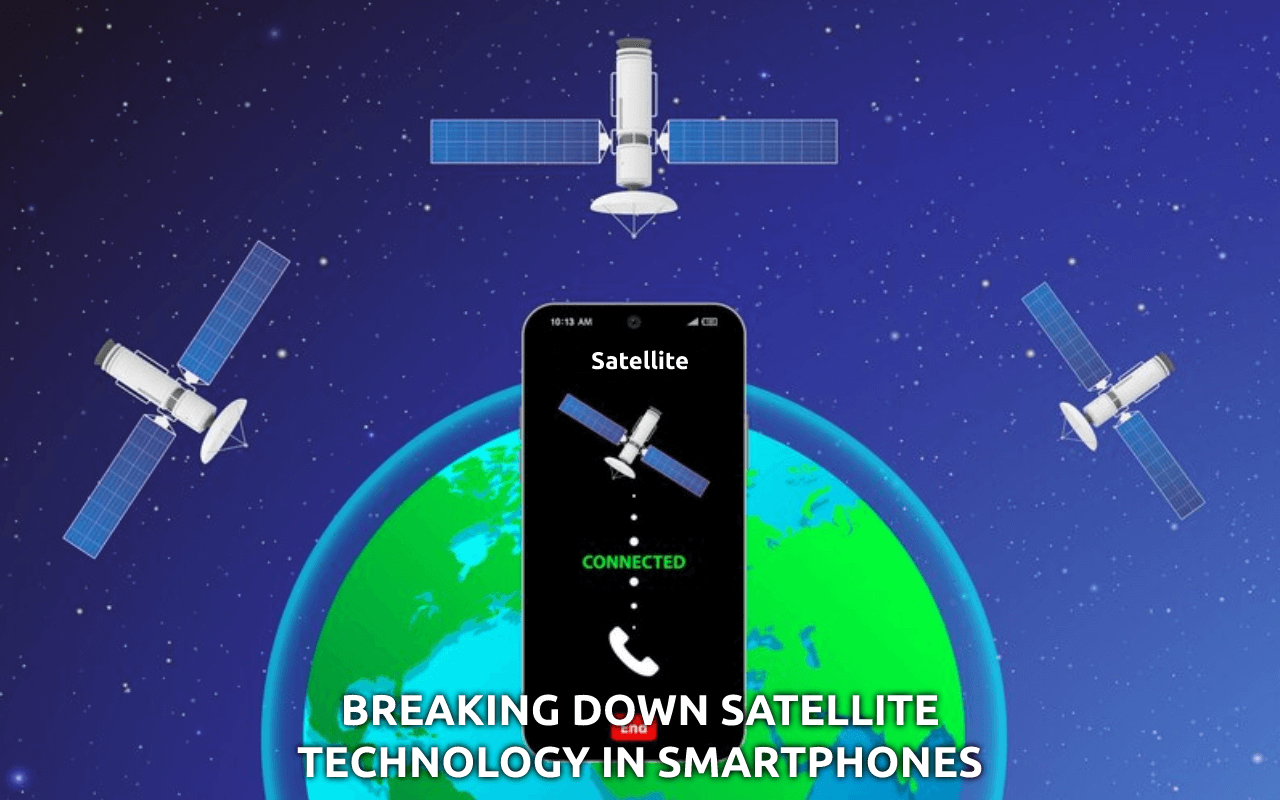In today’s world, staying connected with the world has become an essential part of our lives. Whether it is for work or leisure, smartphones have become an indispensable part of our daily routine. However, there are still areas around the world where traditional mobile networks cannot reach, leaving people without access to vital information and communication. This is where satellite technology comes in, providing global connectivity to people no matter where they are. In this article, we will discuss how satellite technology works in smartphones, the companies involved, and how it will help users.
How It Works:
Satellite technology works by transmitting data from a smartphone to a satellite in orbit, which then relays that data to another satellite or to a ground station. The ground station then sends the data to its destination, whether it be a phone on the other side of the world or a server that stores the data. The technology uses radio waves to send and receive data, just like traditional cellular networks. However, satellite technology has the added advantage of being able to reach areas that cellular networks cannot.
Companies Involved:
Several companies have been investing in satellite technology to improve the global connectivity of smartphones. One such company is SpaceX, which launched its Starlink satellite internet service in beta mode in 2020. The service aims to provide high-speed internet to people living in rural and remote areas. Another company is OneWeb, which plans to launch a constellation of satellites to provide global internet connectivity. In addition, established players in the telecommunications industry, such as Inmarsat and Iridium, also provide satellite connectivity services to businesses and governments.
How Will It Help Users:
Satellite technology in smartphones will provide users with several benefits, especially for those living in rural and remote areas. Firstly, it will provide reliable connectivity in areas where traditional mobile networks are not available, ensuring that people can stay connected to the rest of the world. This is particularly important in emergency situations, where people need to contact emergency services or their loved ones. Secondly, it will provide access to high-speed internet, enabling people to work, study, and access entertainment from anywhere in the world. Finally, it will help bridge the digital divide, providing equal access to information and communication to people in areas that have been traditionally underserved.
Conclusion:
Satellite technology in smartphones is set to revolutionize global connectivity, providing people with reliable and high-speed access to the internet no matter where they are. While the technology is still in its early stages, it has the potential to bridge the digital divide and provide equal access to information and communication to people around the world. As more companies invest in satellite technology, we can expect to see more innovative solutions that will improve the lives of people everywhere.
